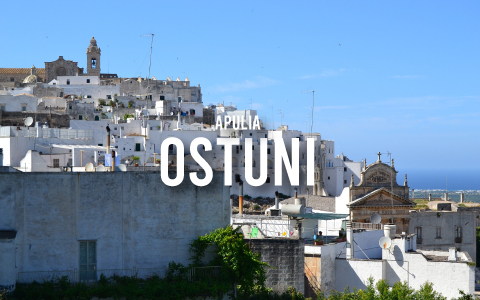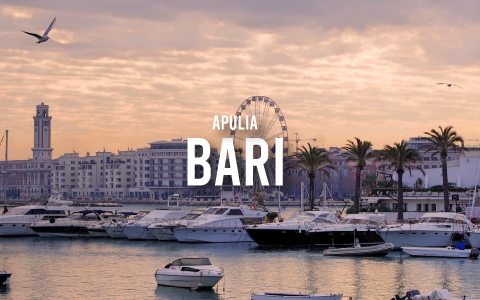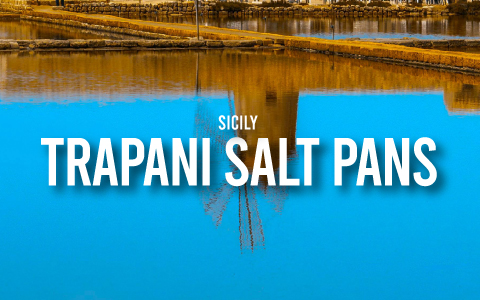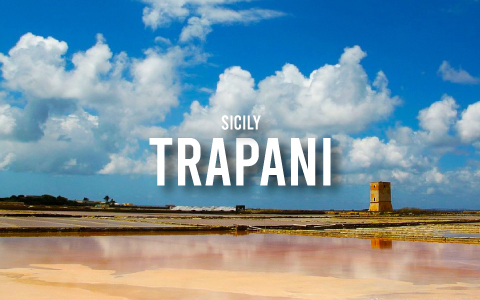
Ostuni, The White City of Apulia
In the heart of the Apulia (Puglia) region in southern Italy, Ostuni is a gleaming gem known for its picturesque whitewashed buildings, winding streets, and rich history. This enchanting town, often referred to as ‘La Città Bianca‘ or ‘The White City,’ offers you a blend of stunning architecture, vibrant culture, and breathtaking views.
A Brief History of Ostuni
Ostuni’s history dates back to the Paleolithic era, with evidence of human settlements found in the nearby caves. The town itself was founded by the Messapii, an ancient Italic tribe, before becoming a Roman municipality. Over the centuries, Ostuni has been influenced by various civilizations, including the Byzantines, Normans, and Aragonese. Each of these cultures has left its mark on the town, contributing to its unique architectural and cultural heritage.
In the Middle Ages, Ostuni became a fortified town, surrounded by imposing walls and gates. The town’s strategic hilltop location provided a natural defense against invaders, and its whitewashed buildings, which date back to this period, served to reflect the intense Mediterranean sunlight, keeping the interiors cool.
Main Attractions in Ostuni
Whether you’re a history buff, a food enthusiast, or simply looking for a scenic getaway, Ostuni has something to offer. Here are a list of the main attractions to visiti
1. The Historic Center
The heart of Ostuni is its historic center, a labyrinth of narrow, winding streets, staircases, and arches. The whitewashed buildings, adorned with vibrant flowers, create a stunning contrast against the blue sky. Exploring the historic center is like stepping back in time, with each turn revealing hidden courtyards, charming cafes, and artisan shops.
2. Ostuni Cathedral
At the highest point of the historic center stands the Ostuni Cathedral, a masterpiece of Gothic and Romanesque architecture. Built in the 15th century, the cathedral features a beautiful rose window and intricately carved portals. Inside, visitors can admire the ornate Baroque altars, frescoes, and religious artifacts.
3. Piazza della Libertà
Piazza della Libertà is the main square in Ostuni and a hub of activity. Here, you’ll find the impressive Column of Saint Oronzo, a Baroque monument dedicated to the town’s patron saint, who is believed to have saved Ostuni from the plague in the 17th century. The square is also home to the Town Hall, housed in the former Convento dei Francescani.
4. The Aragonese Walls
Encircling the historic center are the remnants of the Aragonese Walls, built in the 15th century to protect the town from invaders. Walking along these ancient walls offers stunning panoramic views of the surrounding countryside and the Adriatic Sea.
5. The Museum of Pre-Classical Civilizations of Southern Murgia
Located in the Palazzo Siccoda, this museum provides insight into the prehistoric and ancient history of the region. Exhibits include artifacts from the Paleolithic era, Roman times, and the Messapian civilization. One of the highlights is the “Woman of Ostuni,” a well-preserved skeleton of a pregnant woman dating back over 25,000 years.
What to Do in Ostuni
One of the best ways to experience Ostuni is to simply wander its streets. The town’s maze-like layout encourages exploration, with each alley offering new discoveries. Take your time to admire the architecture, peek into hidden courtyards, and enjoy the vibrant street art.
When you’re finally tired of walking, recharge your energy at a restaurant. Apulia is famous for its delicious cuisine, and Ostuni is no exception. Sample local dishes such as orecchiette (ear-shaped pasta) with broccoli rabe, burrata cheese, and fresh seafood. The town’s numerous trattorias and osterias offer an authentic dining experience, often featuring ingredients sourced from the surrounding countryside.
Ostuni is located just a few kilometers from the Adriatic Sea, where you’ll find some of the most beautiful beaches in Apulia. The nearby coastal area, known as the Marina di Ostuni, boasts pristine sandy shores and crystal-clear waters. Popular beaches include Torre Pozzelle, Costa Merlata, and Rosa Marina.
If you prefer the countryside, the area surrounding Ostuni is dotted with ancient olive groves, vineyards, and trulli (traditional dry stone huts with conical roofs that you can admire in Alberobello). Consider renting a bike or a scooter to explore this scenic landscape, or join a guided tour to learn more about the region’s agricultural heritage.
How to Reach Ostuni
Ostuni is well-connected and easily accessible from other cities in Apulia.
Consider that the nearest airports to Ostuni are Brindisi Airport (approximately 30 km away) and Bari Airport (about 85 km away). Both airports offer regular flights to and from major European cities. From the airport, you can rent a car, take a taxi, or use public transportation to reach Ostuni.
Ostuni has its own train station, located about 2 km from the town center. There are regular train services connecting Ostuni to major cities such as Bari, Brindisi, and Lecce. From the train station, you can take a taxi or a local bus to reach the historic center.
If you are already enjoying your summer in Puglia, Ostuni is easily accessible by car. The town is located along the SS16 highway, which runs along the Adriatic coast. From Bari, take the SS16 southbound, and from Brindisi, take the SS379 northbound. There are several parking areas around the historic center where you can leave your car and explore the town on foot.
A vacation in Ostuni can be a good opportunity to explore Apulia. The region is home to amazing natural attractions, charming towns such as Santa Maria di Leuca and Polignano a Mare, and large cities such as Lecce and the aforementioned Bari and Brindisi.



